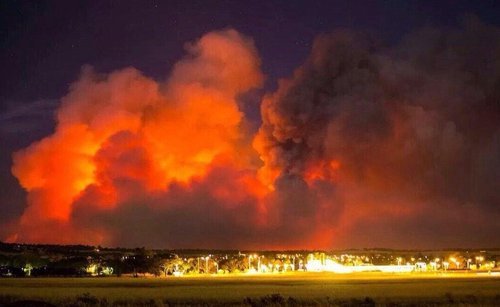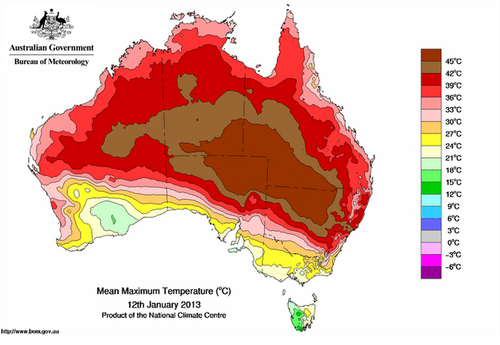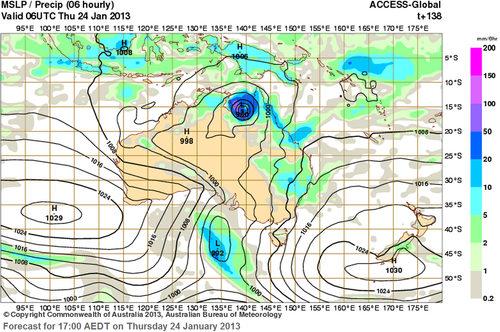Bushfires Rage across Southern Australia
Dangerous wildfires flared up in the tinder-dry Adelaide region of Southern Australia early this past week, forcing residents to evacuate their homes.
It is not known what started the large bushfires, but weather conditions were the primary factor as to why the wildfires were able to spread so quickly. Long-term drought which has reached severe levels in the region was the first cause for concern that bushfires were possible. This past week’s summer-like weather was what caused the risk to turn into reality as temperatures rose anywhere between the mid-30s to as high as 42.5°C in the region. These temperatures combined with strong, dry (northerly) winds blowing from central Australia was all that was needed to fuel the fires. In total, a few thousand people had to be evacuated and about 40 houses and 12,500 hectares were lost from the bushfires even though nearly 2,000 firefighters battled the flames. The good news is that no severe injuries were reported and firefighters were able to save nearly 1,000 houses in the region.

Since mid-week fires have been under control, mainly due to more favourable weather conditions. A trough of low pressure brought both rainfall and cooler temperatures. The bushfire season is typically most severe from December to March in Southern Australia as temperatures soar and rainfall is scarce (January average of 25mm). Weather in the Adelaide region looks to remain fairly tame as the trough of low pressure lingers and brings overcast skies with occasional showers and cooler temperatures.


